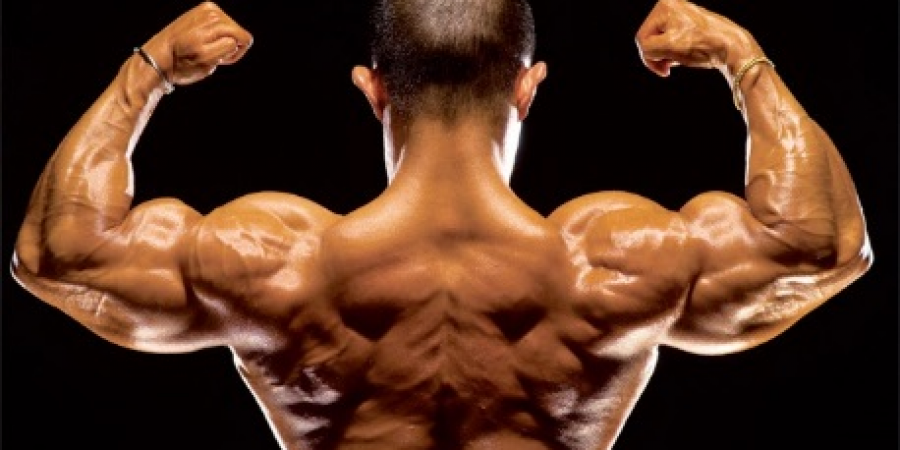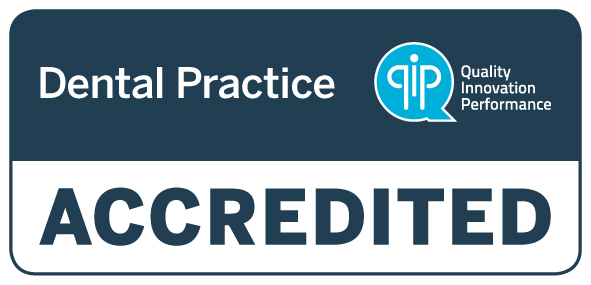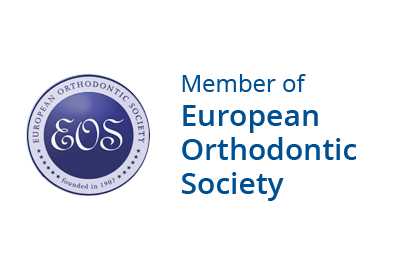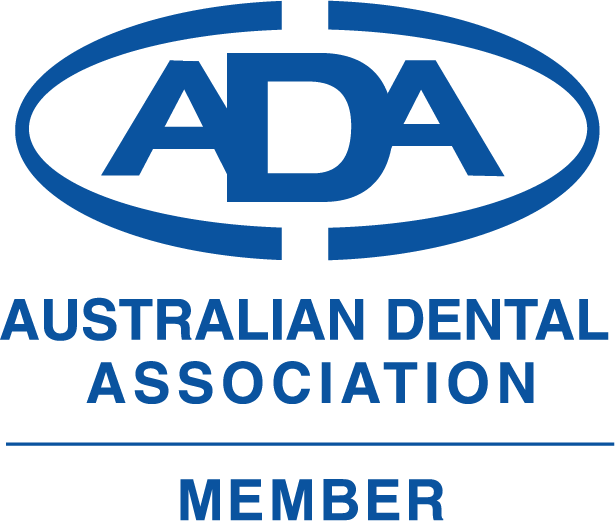Myofunctional appliances – what’s the evidence?
muscle
Myofunctional therapy is treatment aimed at changing muscle (Myo = muscle) function and possibly influencing jaw growth and the position of the teeth. Myofunctional appliances have been around in various forms for many years. These can include lip shields and screens, eruption guidance appliances and the T4K™. Although claims are made that they alter muscle function resulting in improved facial growth, better alignment, and more stable results, what evidence is there to support these claims? Please have a look at the references below.
There are a number of studies examining the clinical effects of the eruption guidance appliance and the T4K™ and they provide clinical evidence as to the compliance and effect of these appliances. (References 1-5). These appliances are available in a small range of sizes where one is selected to suit an individual rather than being custom made from an impression/scan. Possibly due to this generic fit, one study found 31% of patients did not wear the appliance.(1) A randomised trial of the T4K™ vs. a custom made Activator appliance found the Activator caused less discomfort than the T4K™ and was more acceptable (6). All five studies showed that treatment at age 5-9 was quite long (13-36 months) and protrusion of the top teeth was reduced by only a small amount (1.5-2.5mm).(1-5) A study of the T4K™ appliance showed it had no growth effect (3). Another study on the eruption guidance appliance followed patients over time and found the small 2mm improvement in crowding relapsed to the initial state which shows it is not stable (4). A 2mm improvement in bite depth was also unstable and relapsed leaving only 0.5mm of change.
A 2mm change is considered a minor improvement and could be treated once all adult teeth have erupted (~age 12-13) in one phase of treatment. This results in a reduced overall treatment time as well as potentially less cost than doing two or more phases of treatment. Clinical trials in the both the USA and the United Kingdom where patients were randomly assigned to early or late treatment have shown that when patients were treated early for much more severe protrusions (7mm rather than 2mm) they could be treated equally as well by delaying treatment until all the baby teeth had been lost (7,8 ). The result of treating later (~ age 12-13 years of age) was a shorter overall treatment and less cost. However a case can be made for early treatment to reduce protrusive teeth when the appearance or function is concerning the patient or for a small reduction in the risk of trauma to the front teeth.
So if you are unsure about whether treatment with a Myofunctional appliance is required for your child, consult your orthodontist. Some problems such as crossbites and impacted teeth can be detected and treated more effectively if found early. Your orthodontist is an expert in growth and development and can best determine if early treatment or simply monitoring your child is indicated to achieve the most efficient and cost-effective treatment at the most appropriate time.






